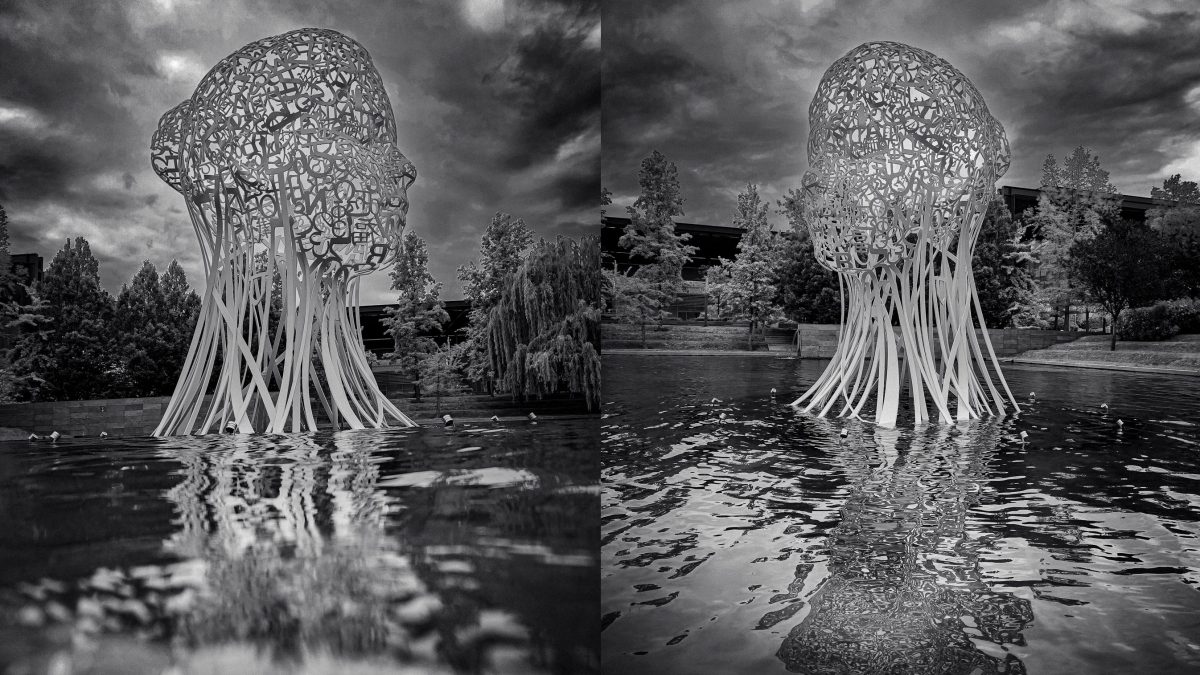My passion for Black and White photography
I remember with nostalgia the days of experimenting in my own studio and developing lab, immersing myself in the magic of seeing images appear on paper under the red light of the darkroom.
Although over time I have explored other photographic styles and techniques, I have recently returned to reflect on those early days and the feelings that black and white photography inspired in me. The simplicity and depth of this style has left an indelible mark on my heart as a photographer.
Black and white photography not only taught me the fundamentals of composition and light, but also allowed me to explore my creativity in a unique and visceral way. Each image captured in black and white seemed to have a deeper story, a more intense emotion.
Although digital technology now dominates the photographic landscape, I still find inspiration in the timeless art of black and white photography. It is a constant reminder of the roots of my passion for photography and an ongoing source of inspiration in my creative journey.
The history of black and white photography is a fascinating journey through time, marked by the evolution of technique and style, but also by the persistence of a timeless aesthetic that continues to captivate generations of viewers. From its humble beginnings in the 19th century to its resurgence in the digital age of the 21st century, the art of black and white photography has left an indelible mark on the world of the still image.
A Historical Overview: The Emergence of Black and White
The birth of black and white photography dates back to the 19th century, when pioneers such as Louis Daguerre and William Henry Fox Talbot developed methods of capturing images using light and photosensitive chemicals. These early photographs, in black and white by technical necessity, marked the beginning of a visual revolution that would forever change the way we perceive the world.
During the 19th and early 20th centuries, black-and-white photography established itself as the dominant medium for capturing reality. From formal portraits to stunning landscapes, the absence of colour allowed photographers to focus on composition, light and shadow, creating images of unparalleled beauty and depth.
Compositional and Aesthetic Characteristics: The Beauty of Monochrome
What distinguishes black and white photography is its ability to bring out form, texture and contrast in a way that colour can often obscure. By eliminating the distraction of colour, the photographer can direct the viewer’s attention to the most fundamental elements of the image.
The tonal range in black and white goes from the purest white to the deepest black, with infinite shades of grey in between. This tonal richness allows for a subtle and nuanced visual expression, where every shadow and flash of light contributes to the narrative of the image.
Composition also plays a crucial role in black and white photography. Photographers must pay special attention to the arrangement of elements in the frame, as well as to the distribution of light and shadow. Symmetry, balance and geometry are frequent compositional elements in this style of photography, creating images that are both visually striking and conceptually intriguing.
From the 20th to the 21st Century: Landmark Photographers
In the 20th century, iconic photographers such as Ansel Adams, Henri Cartier-Bresson and Dorothea Lange took black and white photography to new heights, capturing historic moments and breathtaking landscapes with unparalleled technical mastery and artistic vision.
Ansel Adams, known for his stunning black-and-white landscapes of Yosemite National Park, mastered the technique of the zone system to control contrast and exposure in his images, creating photographs that seemed more than simple depictions of nature, but also profound explorations of the relationship between man and the environment.
Henri Cartier-Bresson, considered the father of photojournalism, captured decisive moments of everyday life with a unique sensitivity. His black-and-white images are snapshots of humanity at its rawest and most honest, with compositions that reveal the harmony and chaos of the world around us.
Dorothea Lange, known for her work during the Great Depression, created some of the most moving and powerful images in the history of photography. Her black and white portraits of America’s dispossessed and marginalised captured the very essence of human suffering and the struggle for dignity.
In the 21st century, black and white photography has experienced a resurgence thanks to digital technology. Contemporary photographers such as Sebastião Salgado, Sally Mann and Michael Kenna continue to explore the creative possibilities of this classic medium, taking the aesthetics and technique of black and white photography to new heights.
Sebastião Salgado, known for his black and white documentary work addressing social and environmental issues, has used his lens to give voice to the marginalised and highlight the fragile beauty of our planet.
Sally Mann, known for her evocative black and white photographs of life in the American South, creates intimate and often provocative images that explore the complexity of memory, family and identity.
Michael Kenna, known for his minimalist and ethereal black and white landscapes, uses long exposures and carefully crafted composition to create images that transcend the mundane and evoke a sense of serenity and contemplation.
Conclusion: The Enduring Legacy of Black and White Photography
In short, black and white photography remains a powerful and evocative form of artistic expression, one that has stood the test of time and continues to inspire photographers and viewers alike. From its modest beginnings in the 19th century to its renaissance in the 21st century, the art of black and white photography has proven to be timeless, universal and deeply moving. As we continue to move forward in the digital age, it is comforting to know that the beauty and pr
